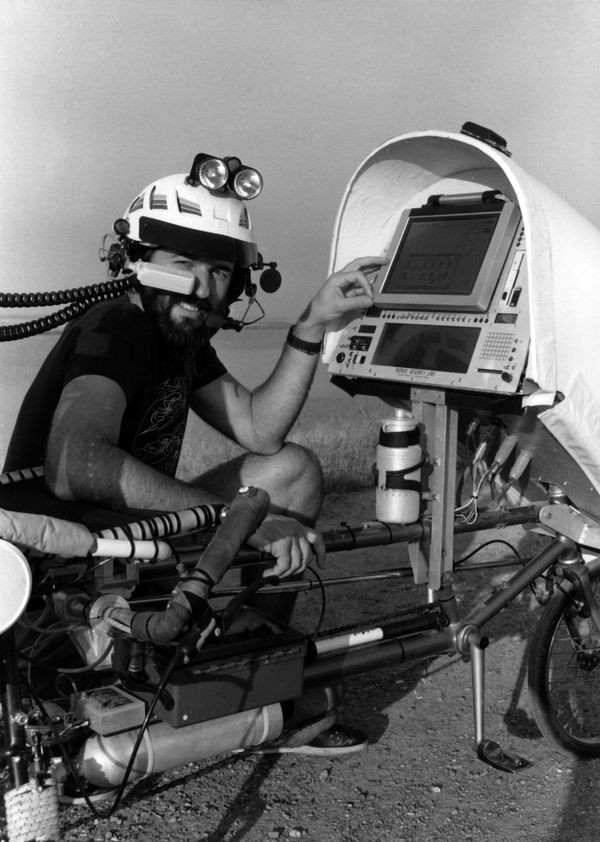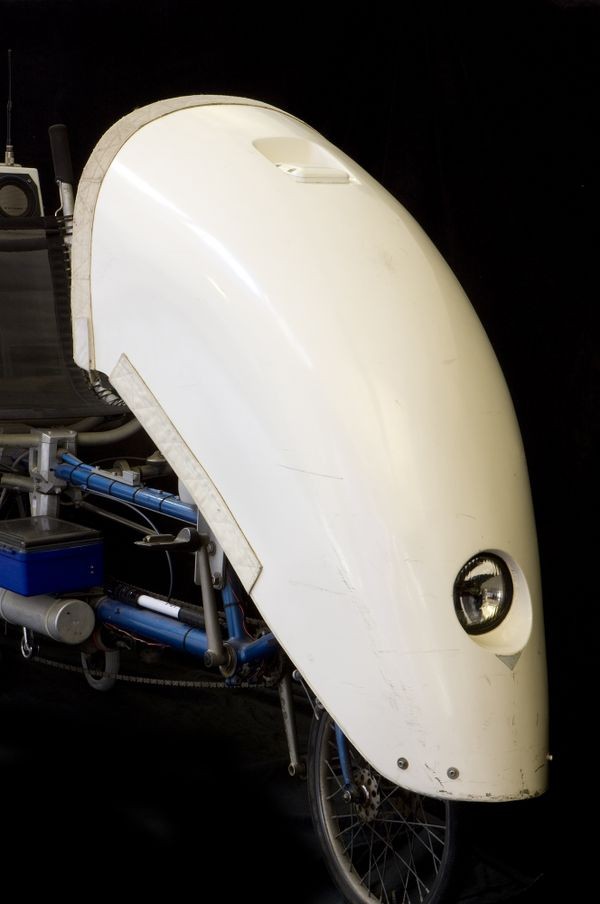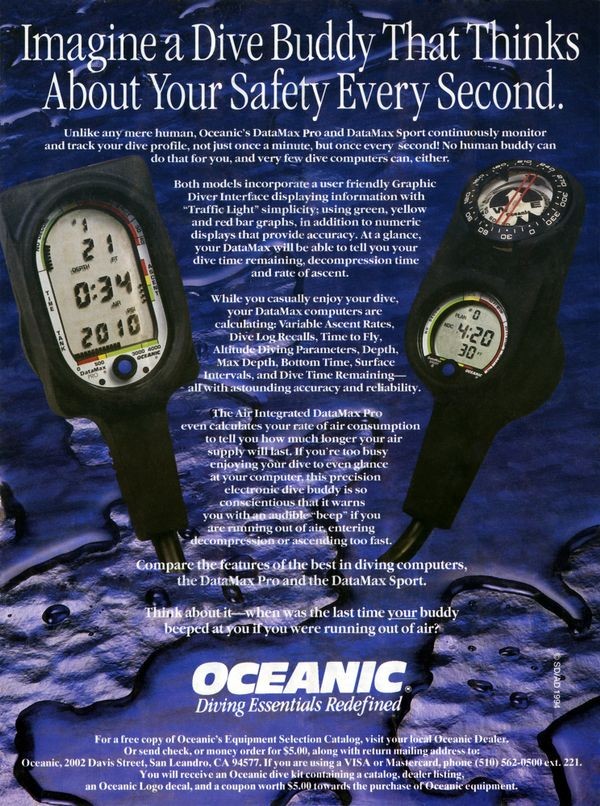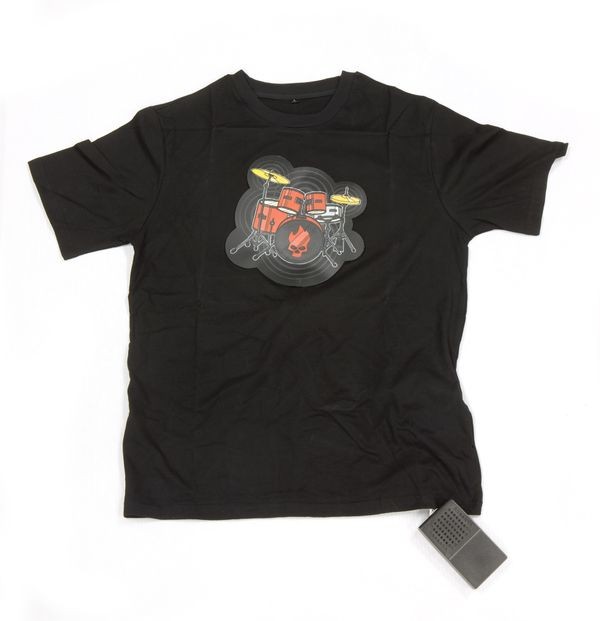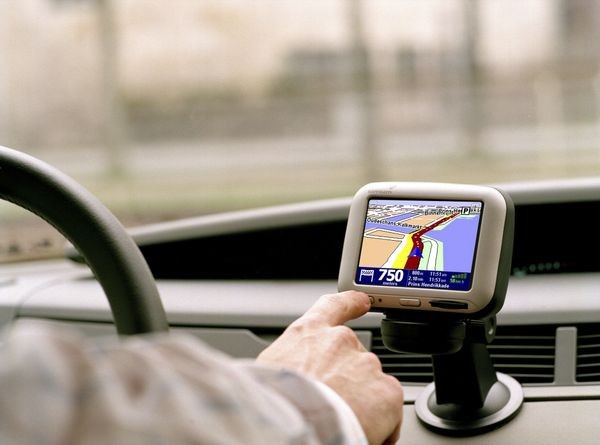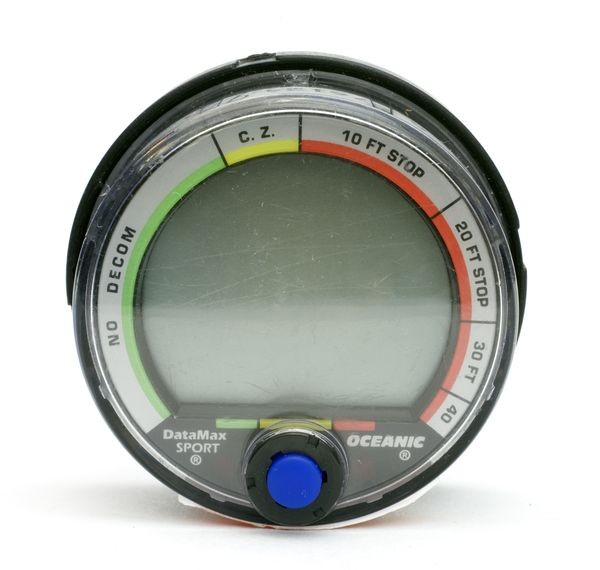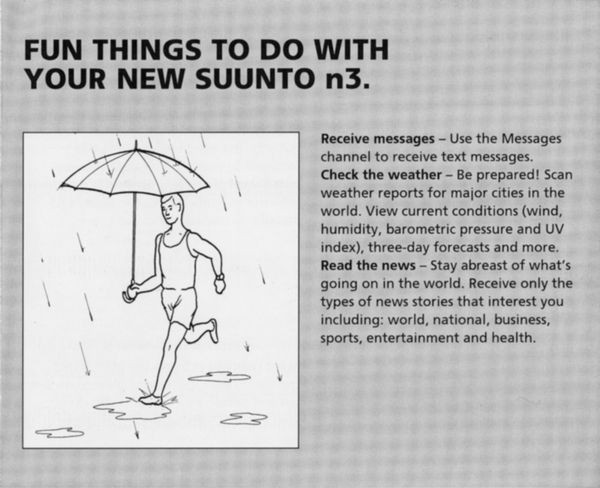All Shapes, Sizes, and Places
Steve Roberts
Today we take mobility for granted. When technical writer Steve Roberts decided to be a “high tech nomad” in the 1980s, it was a radical dream. Eventually his writings about the journey overtook his day job. He pedaled over 17,000 miles.
Shown here is Roberts with the second of his three bikes, a heavily rebuilt version of his original recumbent bicycle. Winnebiko II had four onboard computers, and the first of his systems for typing while riding.
All Shapes, Sizes, and Places
For many, “mobile computer” means a laptop or handheld. Yet those are just two of many possible forms.
Tablets, an in-between size, languished for decades but are advancing. Wearable computers flourish for specialized activities, such as diving. We take computers along when we drive, hike, and explore. Some computers, like heart pacemakers, are inside us.
Computers can, and will, go anywhere.
Wooden ship’s traverse board
“Traverse boards” were used for centuries to track a ship’s speed and course in order to calculate position. Pegs in the top compass rose represent direction; those in the bottom matrix represent speed.
View Artifact DetailBEHEMOTH (Big Electronic Human Energized Machine, Only Too Heavy) recumbent bicycle
BEHEMOTH was the last—and heaviest—of three bicycles built by brilliant self-taught engineer Steve Roberts. BEHEMOTH weighs 580 pounds loaded, integrating three laptops and several wireless communication systems. Handlebar keys and a helmet-mounted display enable typing while riding.
View Artifact DetailOceanic Datamax diving computer advertisement
Most sport divers in the 1980s worked out safe dive profiles based on tables. While easy for a single dive in a day, the calculations could get tricky with multiple dives. Diving computers promised to take out the guesswork.
View Artifact DetailMP3 equipped “cyber” clothing
As with wrist computers, it is hard to design usable interfaces for smart clothing. And the computer often is a hard lump somewhere in the clothes. Flexible circuits, perhaps printed on fabric, may offer solutions.
View Artifact DetailTomTom Go GPS car navigation system
With a moving map, voice interface and satellite-based navigation, the dashboard navigator is the brilliant descendant of thousands of years of instruments designed to show us where we should go.
View Artifact DetailDataMax Sport SCUBA diving computer
Dive computers calculate safe limits for how long a diver can stay underwater based on time and depth. The first versions in the early 1950s were mechanical, but they later incorporated electronic computers.
View Artifact DetailSuunto 51-N3 Wristop Computer Watch instructions
The n3 offered customizable information on its readout; text messages, stock quotes, news, horoscope, etc. The data came through MSN Direct, a wireless network serving devices like watches, GPS units and coffeemakers.
View Artifact Detail40 Years of Mobility
The equipment has changed, but the dream hasn’t: bring the benefits of computers wherever we are, whatever we do. We’ve evolved from computers in trucks to computers in our pockets, and there’s no end in sight to their spread.
Fashionable woman using smartphone
Always-on e-mail keeps her in the loop 24/7, and the pocket-sized machine goes with her everywhere.
View Artifact Detail